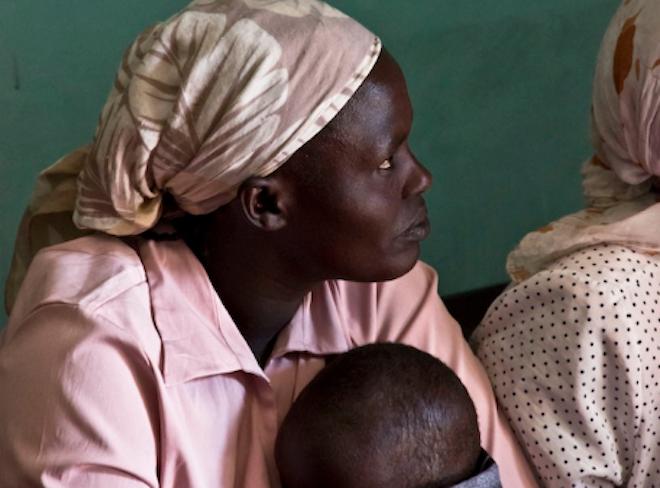 Kenya’s Constitution permits access to safe abortion, yet Kenyan women still resort to unsafe methods of termination with countless women dying as a consequence. Saoyo Tabitha Griffith analyses what the Kenyan government needs to do to affirm women’s rights to life and health.
Kenya’s Constitution permits access to safe abortion, yet Kenyan women still resort to unsafe methods of termination with countless women dying as a consequence. Saoyo Tabitha Griffith analyses what the Kenyan government needs to do to affirm women’s rights to life and health.
Egyptian doctor and long standing women’s health advocate, Professor Mahmoud Fathallah, has argued that “women are not dying during pregnancy and childbirth from conditions that are untreatable, they are dying because societies have yet to make the decision that their lives are worth saving.” In 2010 Kenya made the decision and adopted a new Constitution that affirmed, among other things, women’s rights to reproductive health and access to safe abortion. Four years later, Kenyan women continue to die from unsafe abortions – a preventable cause of maternal mortality. The World Health Organization (WHO) has shown that unsafe abortion continues to be a leading cause of maternal mortality and morbidity accounting for approximately 13% of maternal deaths worldwide, with the largest proportion of these deaths occurring in Africa. In Kenya, unsafe abortion persists as a serious public health challenge and continues contributing towards maternal mortality. A study by Ipas Africa Alliance in collaboration with the Ministry of Health and FIDA Kenya in 2002, almost a decade before the change in law, found that over 300,000 abortions occurred in Kenya every year,causing an estimated 20,000 women to be hospitalized with related complications. This translated into a daily ‘abortion rate’ of about 800 procedures, and the death of 2,600 women every year.
In 2013, three years after the constitutional change, the Ministry of Health revealed that the number of induced abortions was still increasing and was estimated as being more than 450.000 annually. According to this report, 48 out of every 1000 women of reproductive age in Kenya were carrying out an abortion each year. The Ministry of Health also found that more than 150,000 women received treatment in hospitals due to complications arising from abortions, and almost 60,000 of them presented with severe complications including high fever, sepsis, shock and organ failure. The report did not, however, reveal the number of women who died from complications arising from unsafe abortions.
The Kenya National Commission of Human Rights (KNCHR) similarly tackled unsafe abortion as a cause of maternal mortality in its 2012 public inquiry. Its findings revealed that lack of access to safe abortion services in Kenya resulted in many women resorting to crude and unsafe methods. Those who testified during the inquiry described unsafe methods that were used to terminate unwanted pregnancies – including taking traditional herbs, high doses of anti-malarial drugs, inserting sharp objects or ingesting dangerous substances. These methods caused the deaths of many women or permanently damaged their uterus; with countless women reporting inability to conceive again.
Continue reading this article at Open Democracy
By: Saoyo Tabitha Griffith
January 20, 2014




